
OR
It need not be emphasized how inflation affects the general people. Prices of daily goods go up way too high. People lose purchasing capacity. And when the people cannot purchase goods, production falls and ultimately whole of the economy suffers badly and at times irrevocably. Nepal at the moment stands poised to face crippling inflation if recent data is anything to go by. According to ‘Current Macroeconomic and Financial Situation of Nepal (Based on One Month’s Data of 2019/20) released by the Nepal Rastra Bank (NRB) on Tuesday, the year-on-year inflation, measured in Consumer Price Index (CPI) stood at 6.95 percent in mid-August, which was 4.19 percent a year ago. And this, according to the report, is due, mainly, to rise in prices of consumable goods in the market. In a way, this was unexpected, for inflation has risen at a faster pace only in the past four months. Current inflation rate is much higher than the NRB’s target to tame average annual inflation at six percent in the current fiscal year.
NRB officials attribute this to pressure in the supply of essential goods, including food and vegetables, rise in labor cost and upward trend of consumer price in India. Food and beverage inflation has risen to 8.02 percent in the review period compared to 6.27 percent a year ago. Jump in Salary and Wage Rate Index has also been attributed for fuelling price rise in the market. Be that as it may, we believe that except for inflationary pressure in India, where from Nepal imports most of the consumable goods, other factors can be controlled. As things stand, Nepali businesses have been raising the prices of consumable items rather arbitrarily during the festival seasons almost every year. The prices of clothes and food items skyrocket during the festive seasons. And all that the government authorities do is run the ritual of market monitoring and inspection for a few days. Some traders and business people found culpable in the case are held for sometimes but they are soon released without having to face any consequences. As things stand, even the price of milk, in which Nepal is largely self-reliant, has gone up sharply. Prices of vegetables have increased by as much as 70 percent, while the farmers on the ground are still being paid low price for their products. It is clear that part of the reason for rising inflation is because the government has not taken strong measures to tame it.
These are the times for the government to become really serious about taming inflation also because economic crisis in India, which accounts for over two-thirds of our total trade and with which Nepali currency is pegged, is sure to have spillover effects in Nepal. How can such effects be prevented in Nepal? One way is to boost domestic production of goods so that we have to rely less on India for the supply. As the country relies on India even for essential commodities like foods and vegetables, any spike in the price in the Indian market will have an impact in Nepali markets. As a medium-term and long-term strategy, the government should provide incentives to manufacturers and farmers of the country to increase the production and reduce the import bill of the country. The government needs to think hard and deep about it. Finance Minister Yubaraj Khatiwada, who was the NRB governor in the past, must find ways to tame inflation and provide relief to the people. Failing to do so might invite huge public backlash against the government which is already becoming unpopular for its failure on good governance and service delivery.
You May Like This

Inflation doubles in a year
KATHMANDU, July 12: While the country’s economy has been facing problems due to issues in the external sector since the... Read More...
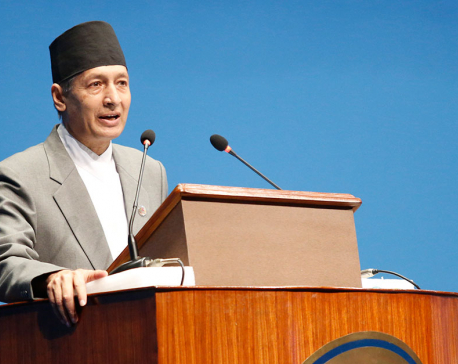
Inflation below five per cent: Finance Minister
KATHMANDU, June 10: Finance Minister Dr Yubaraj Khatiwada has said that the inflation would be below five percent in the... Read More...

Hero MotoCorp launches Destini 125 family scooter
KATHMANDU, April 17: Two-wheeler manufacturer Hero MotoCorp Ltd today launched Destini 125, a family scooter, in the Nepali market. Issuing... Read More...

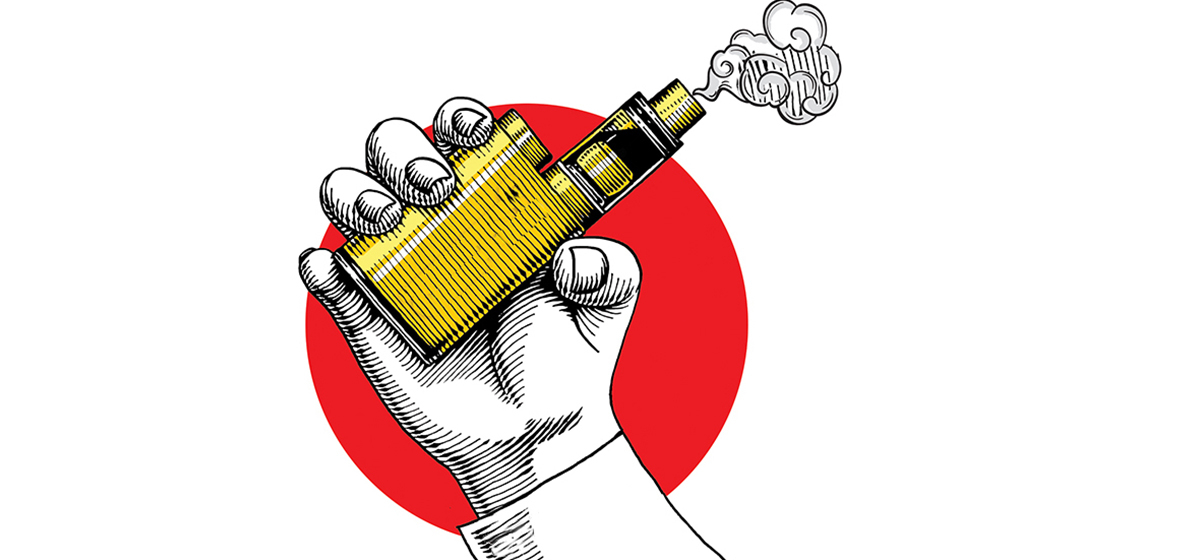

Just In
- NASA and ICIMOD join forces with regional stakeholders to build clearer picture of air quality in global pollution hotspot
- World Bank approves $80 million development policy credit for Nepal to strengthen financial sector and increase access to financial services
- Govt preparing to bring Mass Communication Bill soon: Minister Sharma
- Education ministry to run programs centered on students’ learning achievements
- Govt starts process to ban vape
- NEPSE inches up 2.06 points, daily turnover falls to Rs 2.14 billion
- Ukraine says thwarted Russian-led plot to kill Zelensky
- Govt urges caution as cases of fraud rise in foreign employment sector



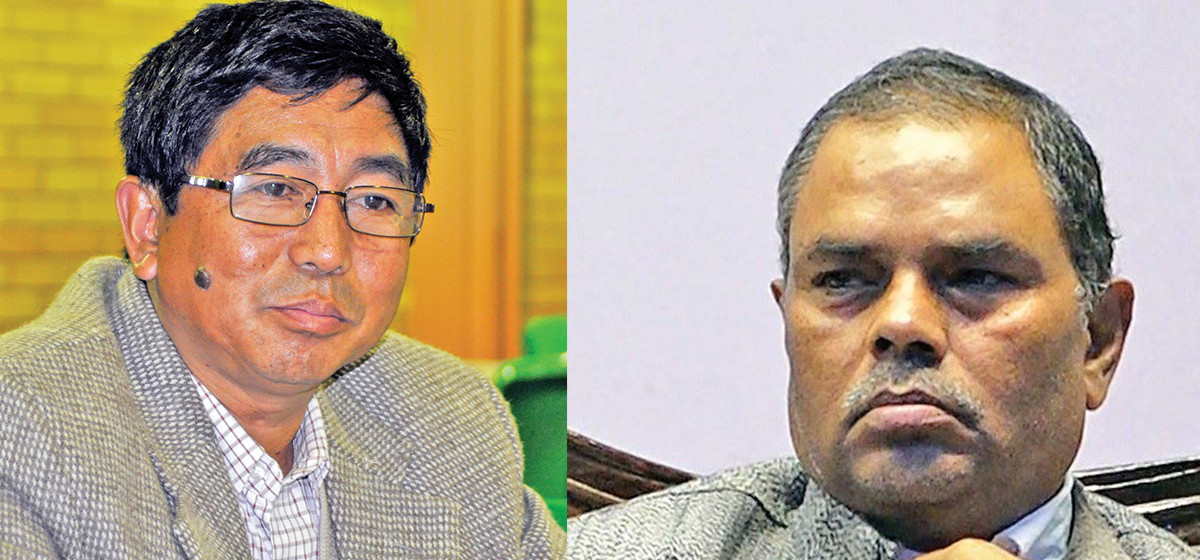
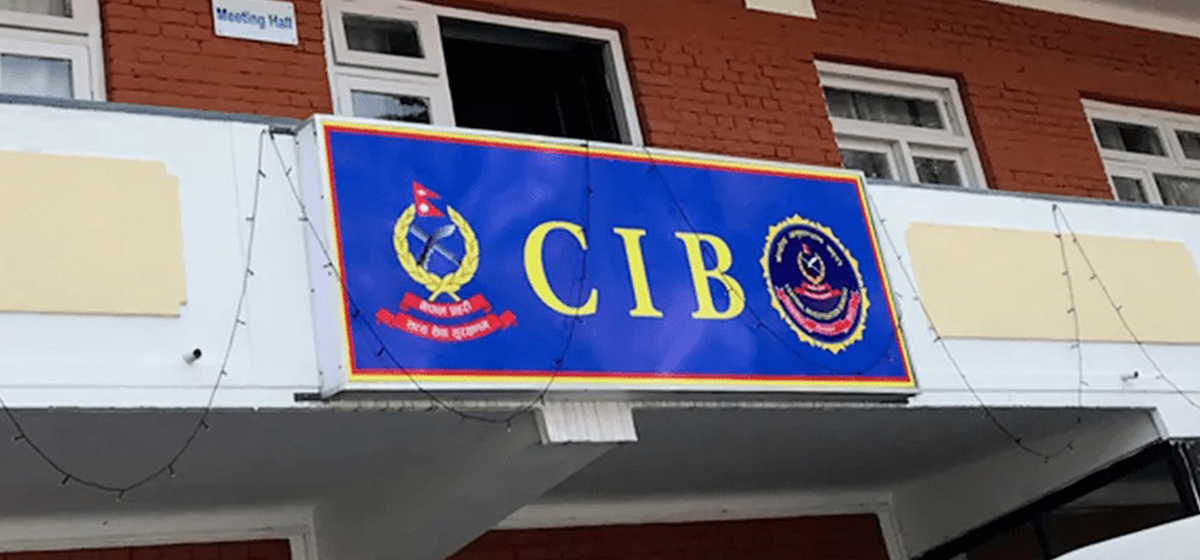

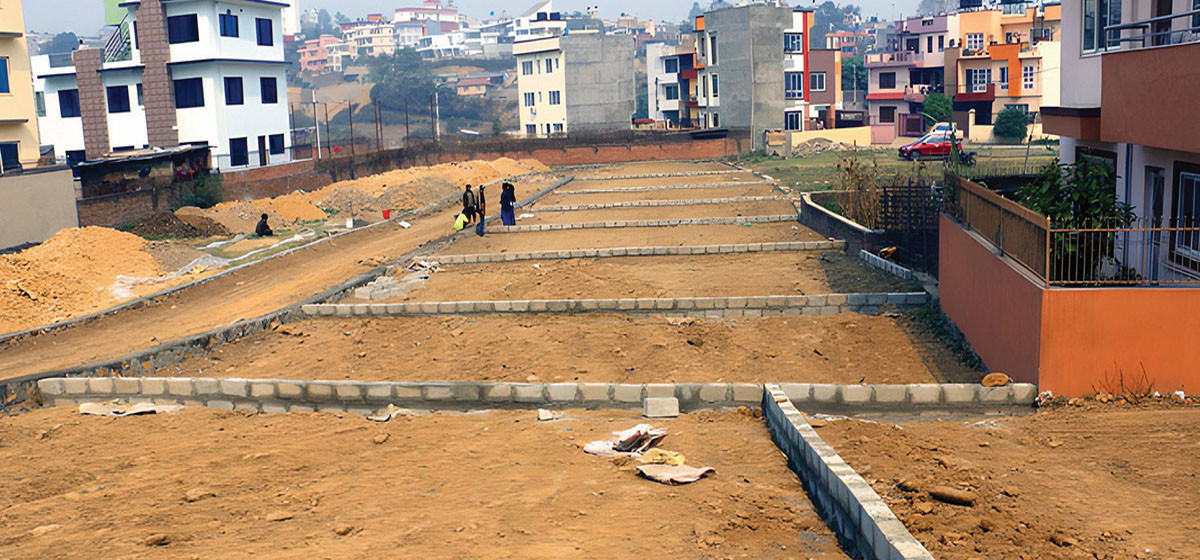
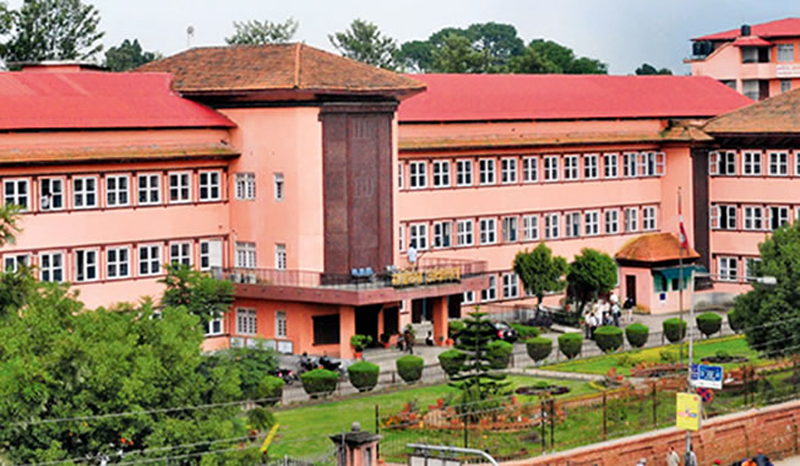
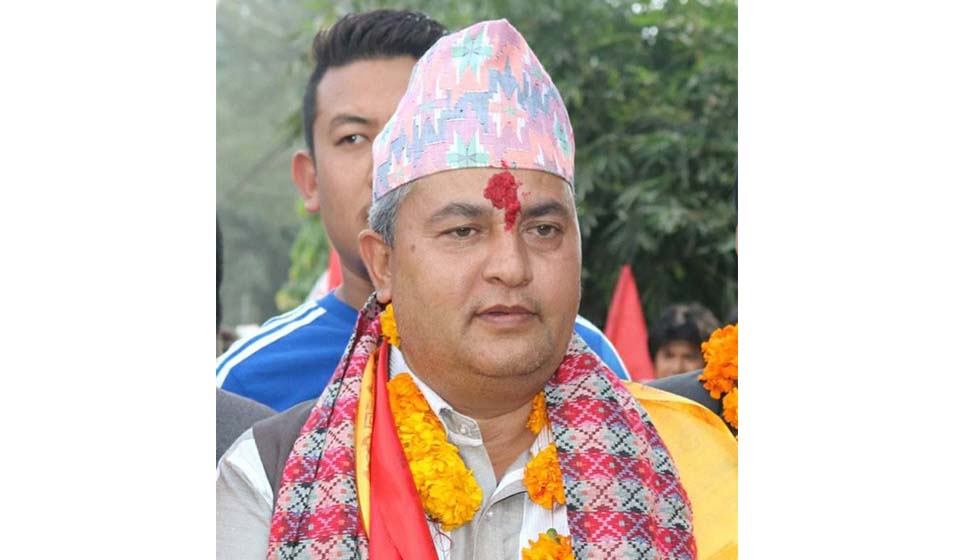
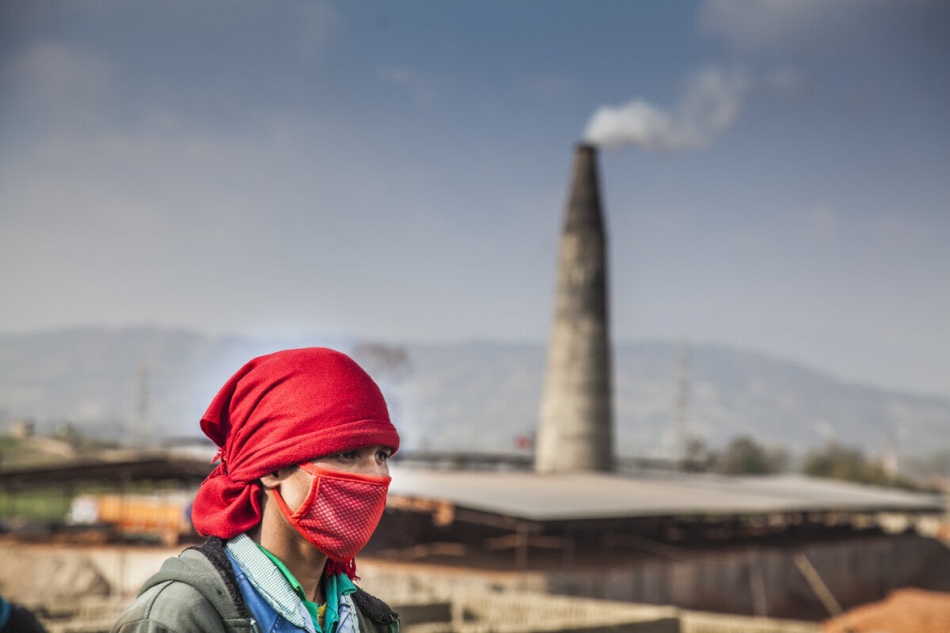
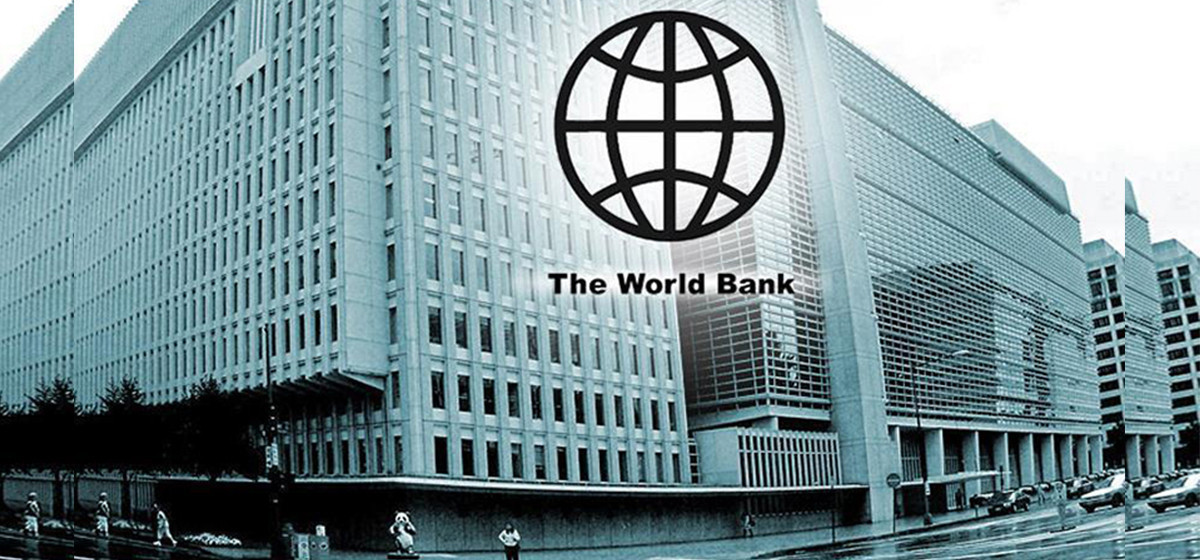
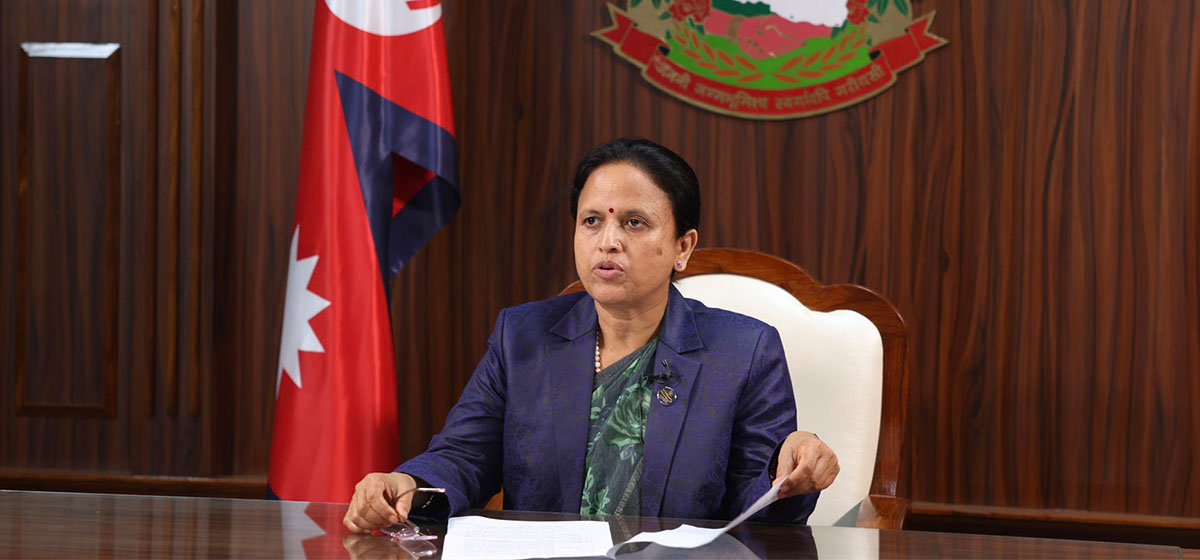
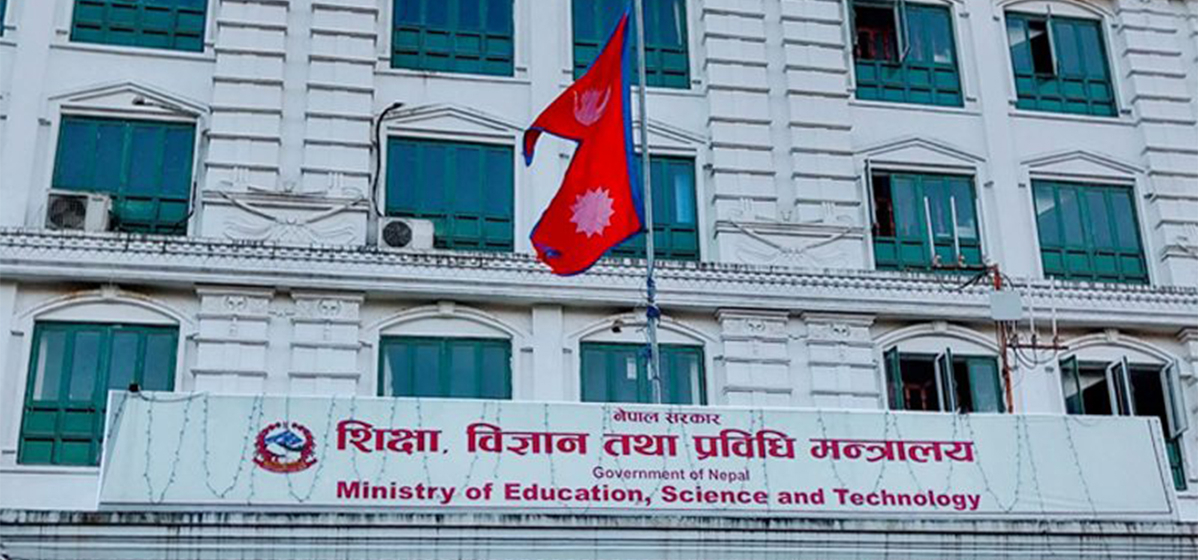


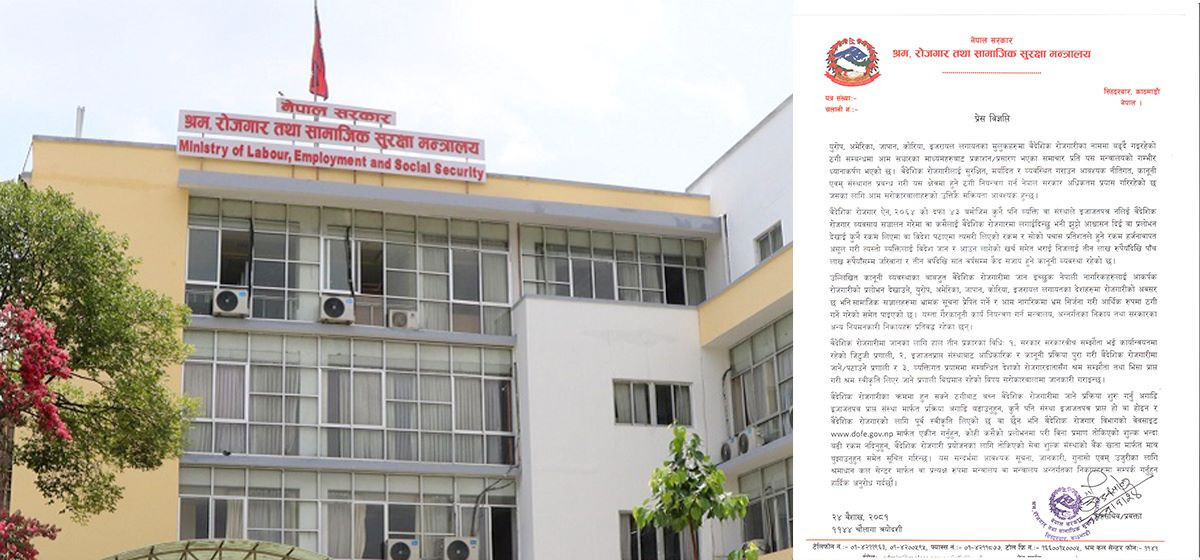
Leave A Comment